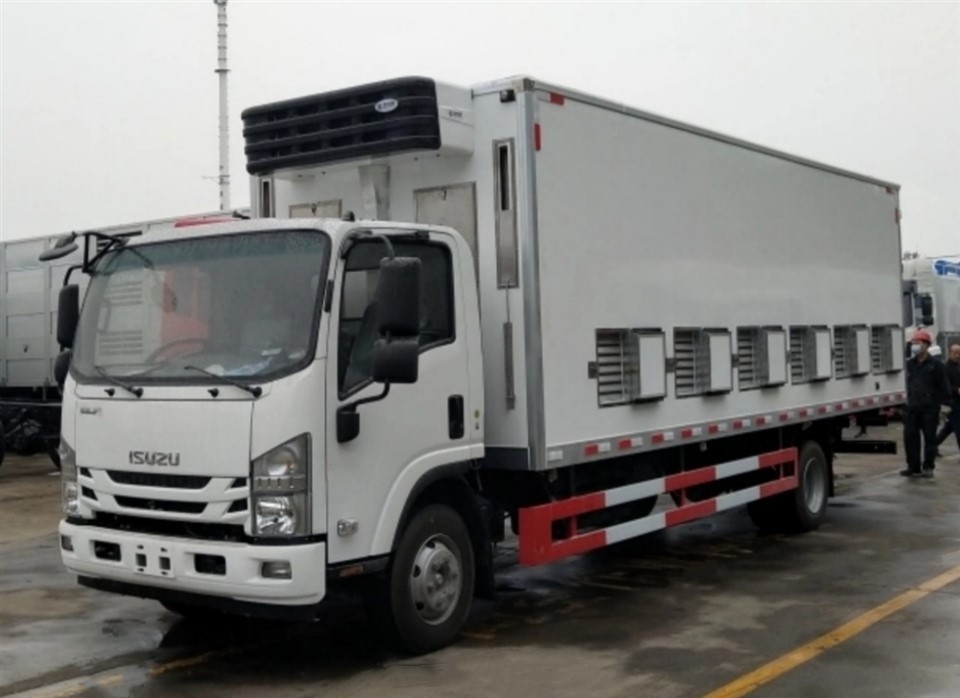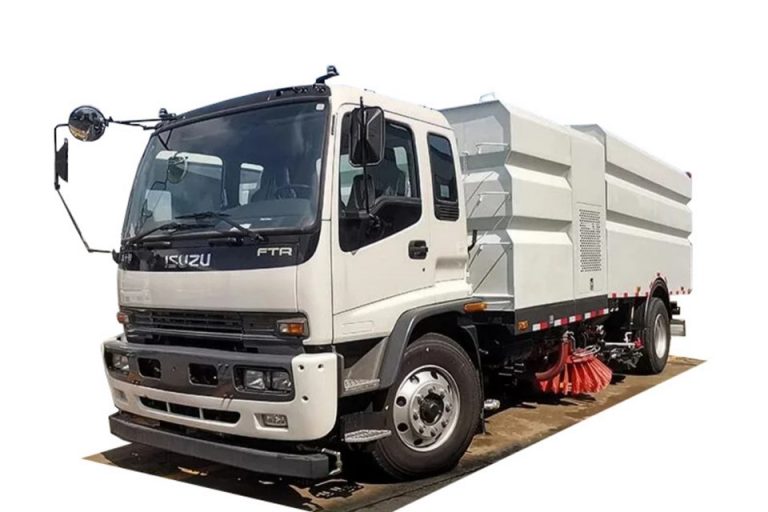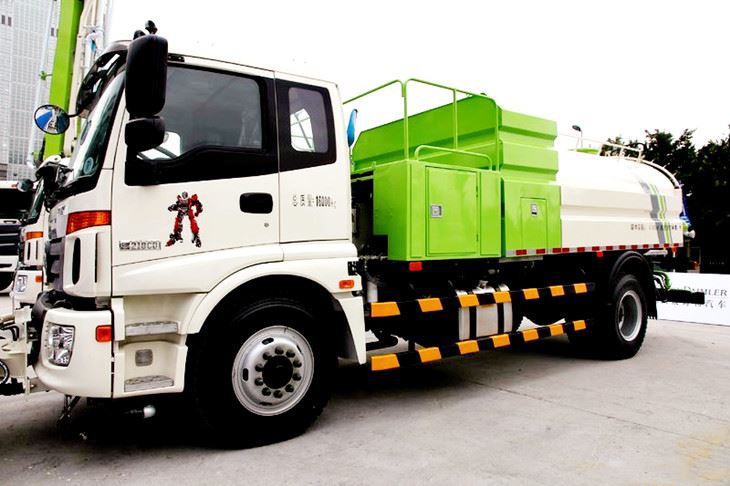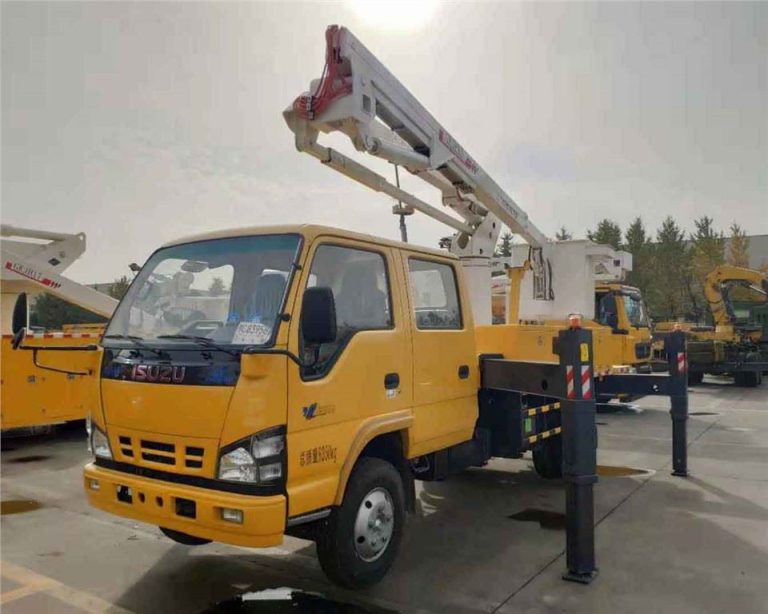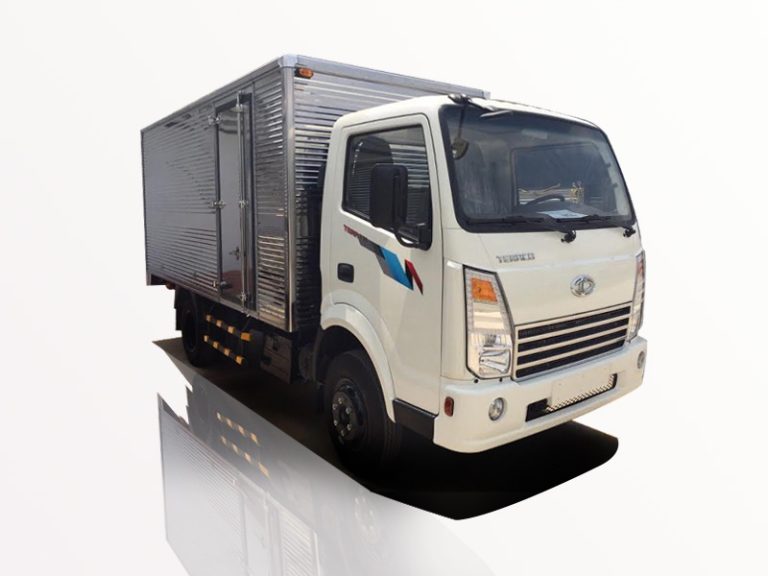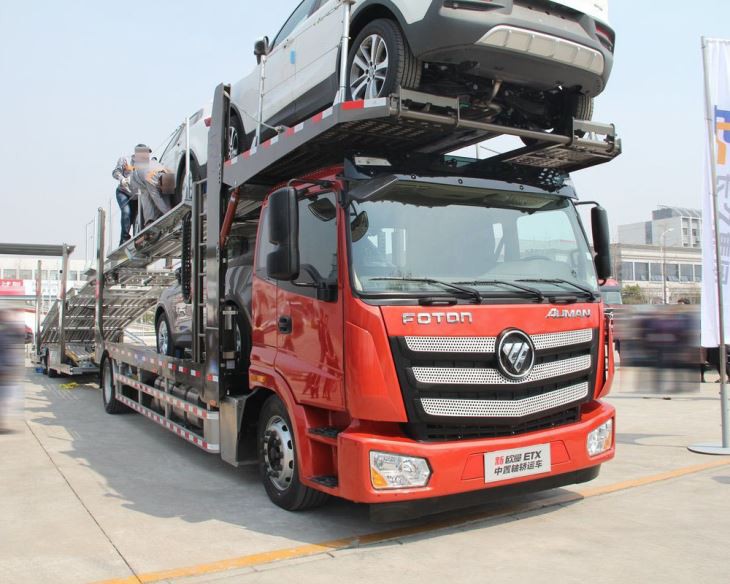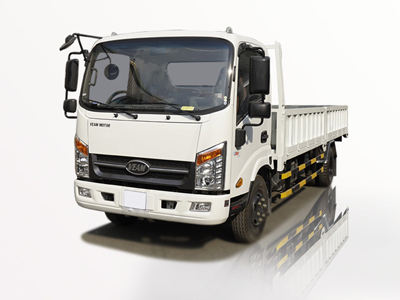Roll off trucks are essential vehicles in the waste management and construction industries, designed to transport containers filled with debris and waste materials. Understanding the critical parts of roll off trucks is vital for owners, operators, and mechanics to ensure optimal performance and safety. In this article, we will explore the various components that make up roll off trucks, how they function, and best practices for maintenance and repair.
The Importance of Roll Off Trucks in Waste Management
Roll off trucks play a vital role in the transportation of waste materials. Their unique design allows for easy loading and unloading of containers, which significantly enhances efficiency in construction sites and waste management services.
1. Understanding Roll Off Systems
A roll off system typically consists of several key components that work together to operate effectively. The main parts include the truck chassis, hydraulic system, and the roll off container itself.
2. Key Components of Roll Off Trucks
2.1 Truck Chassis
The chassis is the foundation of the roll off truck, equipped with the engine, transmission, and other essential components. It must be robust enough to handle the weight of loaded containers.
2.2 Hydraulic System
The hydraulic system is crucial for lifting and lowering the roll off containers. It includes hydraulic pumps, cylinders, and hoses that work together to create the necessary power to move heavy loads.
2.3 Roll Off Containers
Roll off containers come in various sizes and are designed for different types of waste materials. Common sizes include 10, 20, 30, and 40 cubic yards, allowing flexibility depending on the job requirements.
Detailed Breakdown of Roll Off Truck Parts
3. Hydraulic Components
Understanding the hydraulic components is essential for troubleshooting and maintenance.
3.1 Hydraulic Pump
The hydraulic pump generates the flow of hydraulic fluid, creating the pressure necessary to operate the hydraulic cylinders.
3.2 Hydraulic Cylinders
Hydraulic cylinders are responsible for lifting and lowering the roll off container. They convert hydraulic energy into mechanical energy.
3.3 Hoses and Fittings
Hoses carry the hydraulic fluid between components, while fittings connect hoses to apparatus. Regular checks for wear and tear are necessary to avoid leaks.
4. Electrical Systems
The electrical system controls various functions of the roll off truck, including lights, signals, and hydraulic controls.
4.1 Wiring Harness
The wiring harness connects all electrical components in the truck, enabling communication and functionality.
4.2 Power Distribution Module
This module distributes power to different electrical systems and protects them from overload.
5. Safety Features of Roll Off Trucks
5.1 Safety Chains and Straps
Safety chains and straps secure the container during transport, ensuring it does not come loose on the road.
5.2 Breakaway Systems
Breakaway systems are designed to prevent runaway trailers. They engage the truck’s brakes if the container detaches unexpectedly.
6. Maintenance and Repair Tips
Regular maintenance is crucial for the longevity and safety of roll off trucks.
6.1 Daily Inspections
Perform daily inspections of the hydraulic system, electrical components, and general truck conditions.
6.2 Scheduled Maintenance
Follow manufacturer recommendations for scheduled services, including oil changes and hydraulic fluid replacement.
6.3 Component Cleaning
Keep hydraulic cylinders and fittings clean to prevent contamination and maintain efficiency.
Common Issues with Roll Off Truck Parts
7. Identifying Problems
Being aware of common issues can help in early detection and repair.
7.1 Hydraulic Leaks
Leaking hydraulic fluid is a sign of worn hoses or damaged components. Promptly address leaks to maintain hydraulic system integrity.
7.2 Electrical Failures
Electrical issues can cause malfunctioning lights or hydraulic controls. Regularly check wiring and connections.
8. Upgrading Roll Off Truck Parts
Upgrades can enhance the performance and efficiency of roll off trucks.
8.1 Upgrading the Hydraulic System
Consider upgrading to a high-performance hydraulic pump for better lifting capacity and speed.
8.2 Enhanced Safety Features
Investing in advanced safety systems can make roll off operations safer, particularly in urban settings.
Cost Considerations for Roll Off Truck Parts
| Part | Estimated Cost |
|---|---|
| Hydraulic Pump | $1,000 – $5,000 |
| Hydraulic Cylinder | $500 – $2,500 |
| Electrical Systems | $200 – $1,500 |
| Roll Off Container | $1,500 – $5,000 |
Frequently Asked Questions (FAQs)
9. What is a roll off truck used for?
Roll off trucks are primarily used for transporting containers filled with waste, debris, or recyclable materials from construction sites, businesses, and homes to disposal or recycling locations.
10. How do I maintain my roll off truck?
Regular inspections, scheduled maintenance, cleaning components, and timely repairs are key practices for maintaining roll off trucks.
11. What are the common sizes of roll off containers?
Roll off containers are typically available in sizes of 10, 20, 30, and 40 cubic yards, depending on the project requirements.
12. What are some signs that my hydraulic system needs repairs?
Signs include hydraulic leaks, slow operation of the hydraulic cylinders, and unusual noises when operating the system.
13. Can I upgrade the parts of my roll off truck?
Yes, many parts can be upgraded, including the hydraulic system, safety features, and tech components to enhance performance and efficiency.
14. Where can I find replacement parts for roll off trucks?
Replacement parts can be purchased from manufacturers, dealers, or specialized online retailers that focus on commercial vehicle components.
